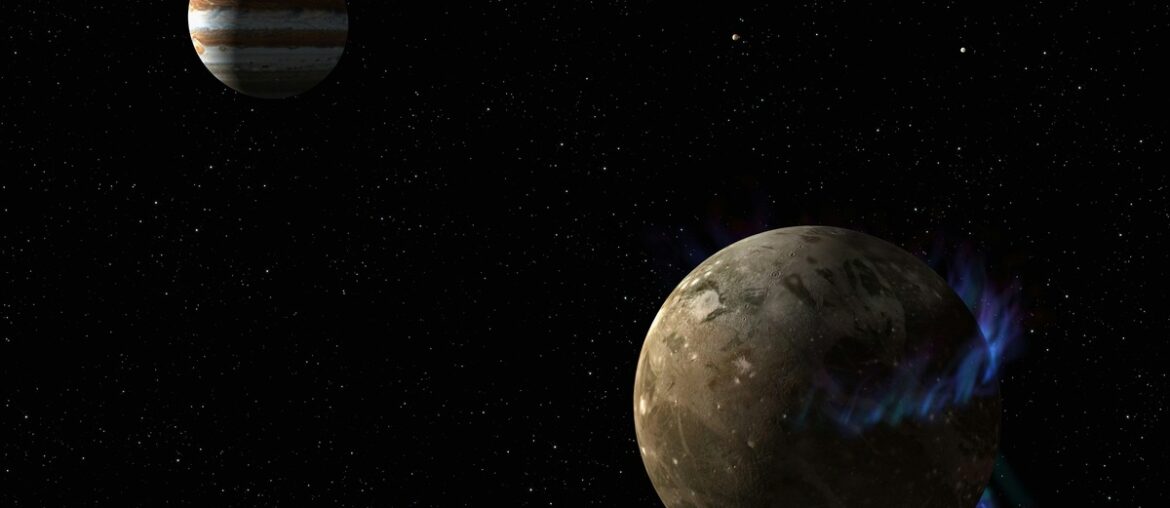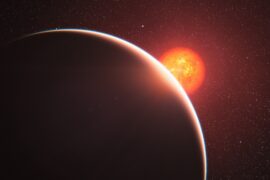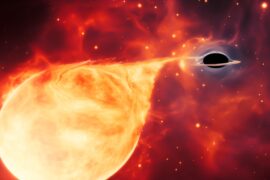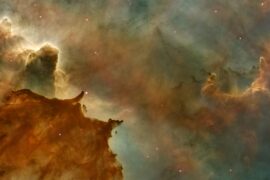Jupiter’s neighborhood includes several prominent moons first seen with early telescopes and later examined by spacecraft. Comparing their basic facts makes it easier to see how each one differs and why astronomers keep studying them.
There are 4 Galilean Moons, ranging from Callisto to Io. For each — Discovery year,Diameter (km),Distance from Jupiter (1,000 km) — you’ll find below.
How were the Galilean moons first identified?
They were first observed by Galileo Galilei in 1610 with a small telescope; their consistent positions relative to Jupiter over successive nights showed they orbit the planet, a key observation that challenged Earth-centered models.
Which moon(s) are easiest to observe from Earth?
Ganymede and Callisto are among the easiest to spot with modest amateur equipment because of their size and brightness; on a clear night a good pair of binoculars or a small telescope will often reveal at least one or two of these moons.
Galilean Moons
| Name | Discovery year | Diameter (km) | Distance from Jupiter (1,000 km) |
|---|---|---|---|
| Io | 1610 | 3,643.2 | 421.7 |
| Europa | 1610 | 3,121.6 | 671.1 |
| Ganymede | 1610 | 5,262.4 | 1,070.4 |
| Callisto | 1610 | 4,820.6 | 1,882.7 |
Images and Descriptions
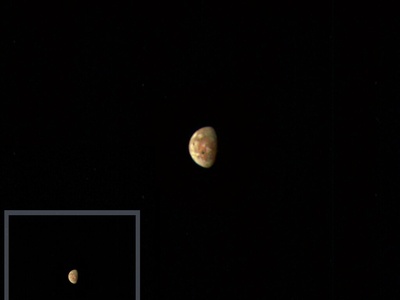
Io
Discovered by Galileo in 1610, Io is the most volcanically active world in the Solar System, with sulfur-rich plains and frequent lava flows. Intense tidal heating from Jupiter powers eruptions; the thin sulfur-dioxide atmosphere is transient.
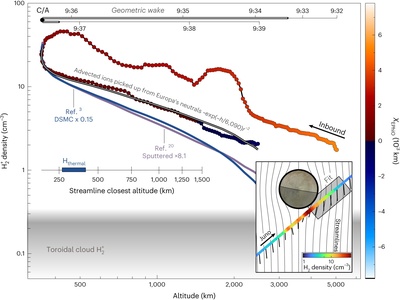
Europa
Discovered by Galileo in 1610, Europa has a smooth, icy crust with widespread cracks and chaotic terrain overlaying a likely salty subsurface ocean. Its young surface, potential for liquid water, and tidal heating make Europa a prime target for habitability studies.
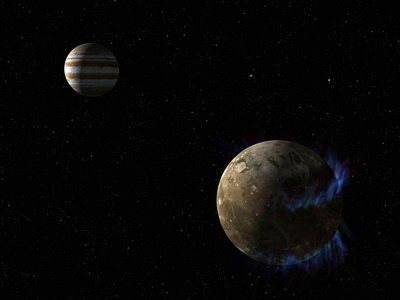
Ganymede
Discovered by Galileo in 1610, Ganymede is the Solar System’s largest moon, an icy-rocky world with a subsurface ocean and its own intrinsic magnetic field. Grooved terrain and varied geology reflect a complex thermal history and internal differentiation.
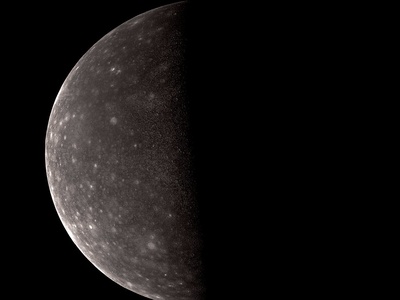
Callisto
Discovered by Galileo in 1610, Callisto is heavily cratered with an ancient, icy-rocky surface marking minimal geological activity. Its old landscape preserves Solar System history; gravity and magnetic data suggest a possible deep, cold subsurface ocean but little tidal heating.
Enjoyed this article?
Get daily 10-minute PDFs about astronomy to read before bed!
Sign up for our upcoming micro-learning service where you will learn something new about space and beyond every day while winding down.

